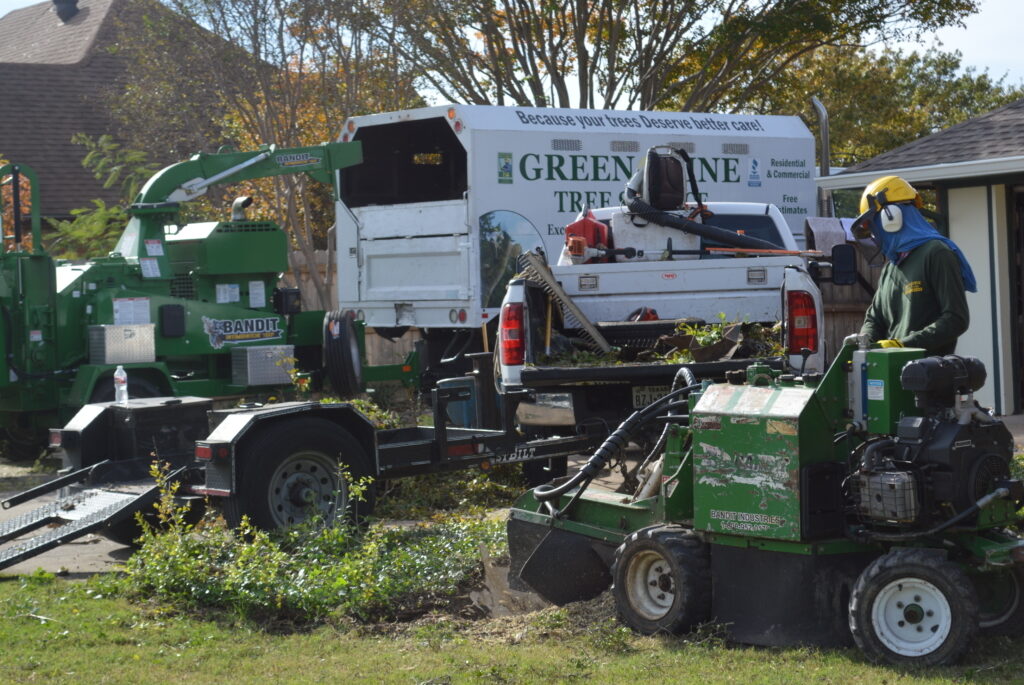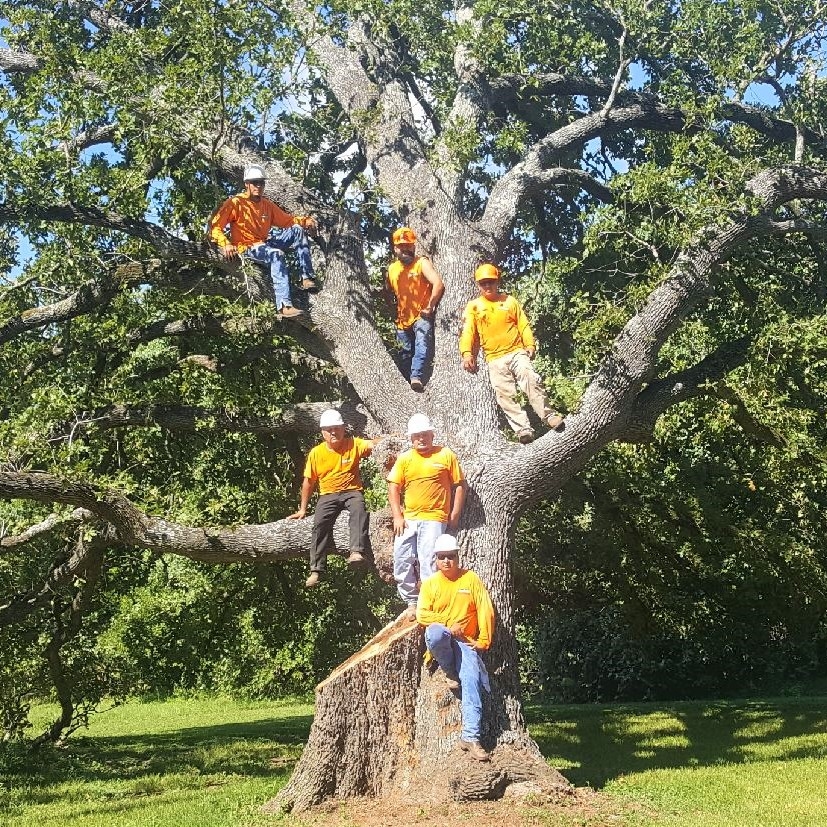How to Grow a Bonsai Tree
Growing a bonsai tree isn’t just gardening—it’s crafting a piece of living art. This guide will walk you through everything you need to know to nurture, shape, and care for your bonsai tree, whether you’re a beginner or an enthusiast.
Understanding Bonsai
What Is a Bonsai Tree?
The term “bonsai” in Japanese means a plant grown in a container. It’s the art of cultivating miniature trees that mimic the shape and scale of full-sized ones in nature. Each bonsai tells a story, representing nature’s beauty on a smaller scale.
History of Bonsai
The practice began over 1,000 years ago in ancient China, evolving into an art form in Japan. Today, bonsai trees symbolize patience, harmony, and balance.
Bonsai combines art and horticulture. You’re not just growing a plant—you’re sculpting a living masterpiece. It’s about maintaining health while creating an aesthetically pleasing form.
Choosing the Right Tree Species
Indoor vs. Outdoor Bonsai
Indoor Bonsai: These species thrive indoors, like ficus, jade, and dwarf schefflera.
Outdoor Bonsai: Species such as juniper, maple, and pine flourish outdoors, requiring seasonal exposure to sunlight and cold.
Best Species for Beginners
Ficus: Hardy and adaptable, perfect for indoor growth.
Chinese Elm: Easy to shape and care for.
Juniper: A classic choice for outdoor bonsai with elegant foliage.

Essential Tools for Bonsai Growing
Pruning Shears: Sharp, precise tools for trimming branches and leaves.
Bonsai Wires: Used to guide branch growth into desired shapes.
Specialized Soil: Bonsai soil ensures proper drainage and nutrients.
Bonsai Pots: Shallow, decorative containers that enhance aesthetic appeal.
Root Cutters: For trimming roots during repotting.
Preparing for Bonsai Growth
Selecting Seeds or Saplings
Seeds: Growing from seeds takes years but allows full control of the tree’s development.
Saplings: A quicker option, as they’re already partially grown.
Ideal Growing Environment
Light: Bright, indirect sunlight for most species.
Humidity: Maintain moderate humidity to mimic the natural environment.
Temperature: Avoid extreme conditions—most bonsai prefer stable temperatures.
Growing Bonsai from Seeds
The Germination Process
Soak seeds in water for 24-48 hours.
Use stratification to replicate seasonal cycles (store seeds in a refrigerator for weeks).
Plant seeds in bonsai soil and water gently.
Patience is Key
It can take months for seeds to sprout. Once they do, nurture them carefully as they grow into saplings.
Growing Bonsai from Cuttings
Choosing Healthy Cuttings
Select a branch with healthy leaves and no signs of disease.
Cut at a 45-degree angle, about 4-6 inches long.
Planting Techniques
Apply rooting hormone to the cutting to stimulate the development of roots.
Plant in moist soil, ensuring good drainage.
Water regularly and keep the cutting in indirect sunlight.
Bonsai Pruning and Shaping
Pruning Basics
Structural Pruning: Remove large branches to define the tree’s overall shape.
Maintenance Pruning: Trim smaller branches and leaves to maintain proportions.
Shaping with Wires
Use aluminum or copper wires to gently bend branches into position.
Monitor the tree to ensure wires don’t cut into the bark.
Watering and Fertilizing Bonsai Trees
Proper Watering Techniques
Check soil moisture daily. Water when the top inch feels dry.
Opt for a watering can with a gentle nozzle to prevent soil disruption.
Fertilizers for Bonsai
Apply balanced, slow-release fertilizer during the growing season (spring and summer).
Reduce fertilization during dormancy (fall and winter).
Repotting Your Bonsai
Why Repot?
Repotting prevents roots from becoming pot-bound, promoting healthy growth. Fresh soil replenishes nutrients.
Steps for Repotting
Remove the tree from its pot and gently trim the roots.
Replace old soil with fresh bonsai soil.
Replant the tree securely, ensuring proper drainage.
Seasonal Care for Bonsai Trees
Spring and Summer Care
Increase watering and fertilization as the tree grows actively.
Shape and prune branches for optimal growth.

Fall and Winter Care
Protect outdoor bonsai from frost using mulch or shelter.
Reduce watering frequency but don’t let the soil dry out completely.
Common Mistakes to Avoid
Overwatering: Causes root rot. Always check soil moisture first.
Skipping Pruning: Leads to overgrown, misshapen trees.
Using Regular Soil: Bonsai soil is essential for proper drainage and aeration.
Troubleshooting Bonsai Problems
Pests and Diseases
Common pests: Aphids, spider mites, and scale insects.
Use organic insecticides or neem oil to combat infestations.
Recovery Tips
Adjust water and light if the tree shows signs of stress.
Repot if roots are overcrowded or the soil is poor.
The Aesthetics of Bonsai
Balance and Proportion
Every element of a bonsai tree, from the trunk to the foliage, should evoke natural balance.
Displaying Your Bonsai
Use wooden stands or trays for indoor display.
Ensure outdoor bonsai are placed in visually appealing spots.
Benefits of Growing Bonsai Trees
Relaxation and Mindfulness: Caring for bonsai is a meditative activity.
Creative Expression: Shape and sculpt your tree into a unique form.
Connection with Nature: A bonsai brings a piece of nature indoors.
Conclusion
Cultivating a bonsai tree blends the precision of science with the creativity of art. With patience, care, and a touch of creativity, you can create a living masterpiece that brings beauty and tranquility into your life. Whether you’re a beginner or a seasoned grower, the journey is as rewarding as the destination.


